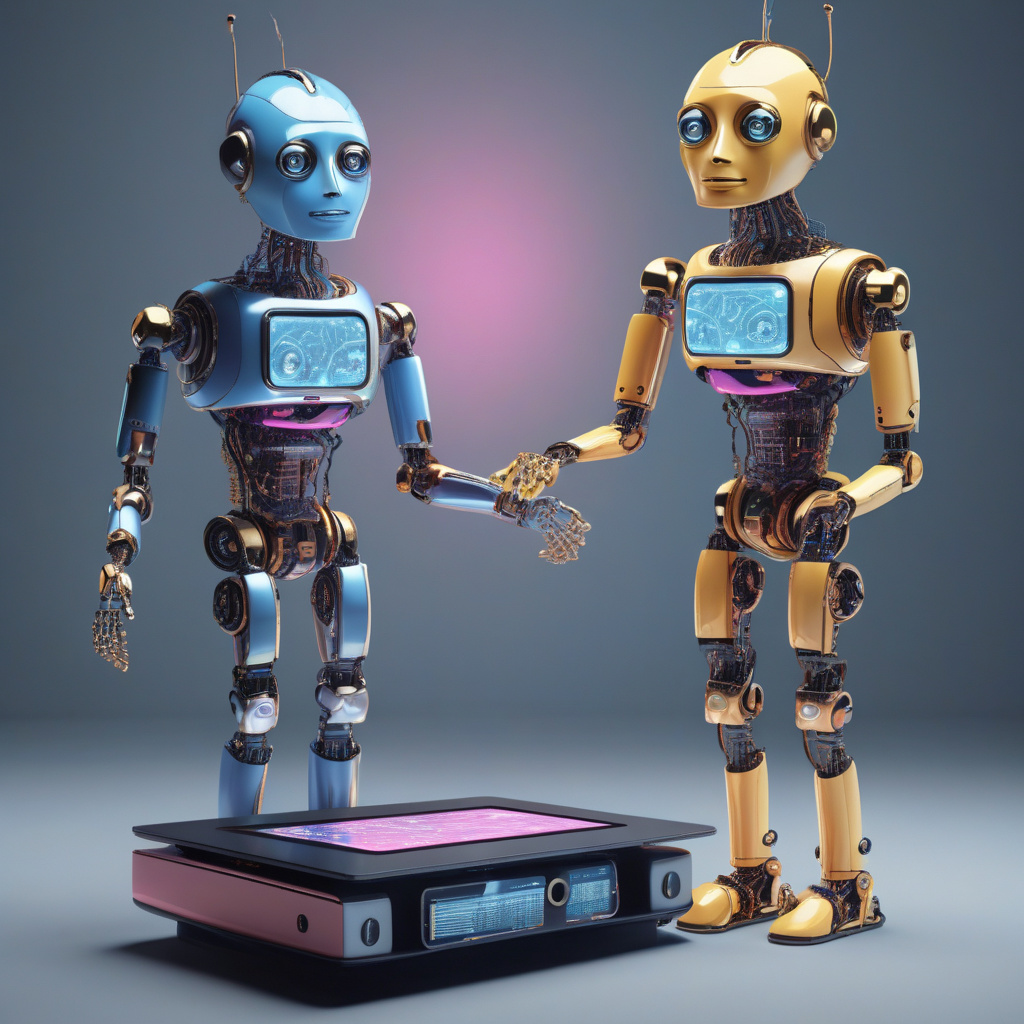Understanding Agentic AI: From Simple Chatbots to Autonomous Decision-Making Systems
In the realm of Artificial Intelligence (AI), the journey from simple chatbots to autonomous decision-making systems is a fascinating evolution. This comprehensive guide aims to dissect this concept using real-world examples and practical code implementations, shedding light on the progression towards sophisticated agentic AI systems.
The Evolution: From RAG to Agentic AI
#### Stage 1: RAG-Based AI Systems
Imagine a scenario where a company with 75+ employees requires an HR assistant to field common policy inquiries such as “How many vacation days do I have per year?” or “What is the policy on sick leave?” Traditionally, this would involve developing a retrieval-augmented generation (RAG) chatbot. This chatbot operates by extracting information from PDF policy documents to furnish employees with accurate responses promptly.
The transition from conventional RAG-based systems to more advanced agentic AI signifies a paradigm shift in AI capabilities. Agentic AI systems are designed to not only retrieve and present information but also to understand context, analyze data, and make decisions independently based on the information available. This evolution empowers AI to move beyond scripted responses to a realm where it can autonomously navigate complex scenarios and provide solutions proactively.
Let’s delve deeper into the progression from basic chatbots to autonomous decision-making systems to grasp the nuances and implications of this technological advancement.
#### Stage 2: Enhanced Contextual Understanding
As AI systems advance towards agentic capabilities, they begin to develop enhanced contextual understanding. Unlike traditional chatbots that rely on predefined responses, agentic AI leverages natural language processing (NLP) and machine learning to comprehend the nuances of human communication.
For instance, consider a customer service chatbot. While a basic chatbot might provide scripted responses to common queries, an agentic AI system can analyze the entire conversation, interpret tone and sentiment, and tailor responses accordingly. This contextual comprehension enables AI to engage in more meaningful interactions, leading to enhanced user satisfaction and operational efficiency.
#### Stage 3: Autonomous Decision-Making
The pinnacle of agentic AI lies in its ability to make autonomous decisions based on complex data analysis and reasoning. Autonomous decision-making systems combine advanced algorithms, predictive analytics, and cognitive computing to process vast amounts of information and derive actionable insights.
For example, in the healthcare sector, agentic AI can analyze patient data, medical records, and clinical guidelines to recommend personalized treatment plans. By autonomously synthesizing information and identifying patterns, AI systems can assist healthcare professionals in making informed decisions, ultimately improving patient outcomes and streamlining healthcare delivery.
In essence, the evolution from simple chatbots to agentic AI represents a significant leap in AI capabilities, transforming how we interact with and leverage artificial intelligence in various domains. By understanding this progression and embracing the potential of agentic AI, organizations can unlock new possibilities for innovation, efficiency, and decision-making.
In conclusion, the journey towards agentic AI is not just about technological advancement; it’s about reshaping the way we harness AI to solve complex problems and enhance human experiences. By embracing this evolution and exploring the myriad applications of agentic AI, we pave the way for a future where intelligent systems work alongside us, augmenting our capabilities and driving progress in unprecedented ways.
So, as we navigate this transformative era of AI development, let’s embrace the potential of agentic AI and explore the endless possibilities it holds for shaping a smarter, more efficient future.
At the same time, it’s crucial to remain mindful of the ethical considerations and societal impacts of deploying autonomous decision-making systems, ensuring that AI serves humanity responsibly and ethically in the ever-evolving digital landscape.

